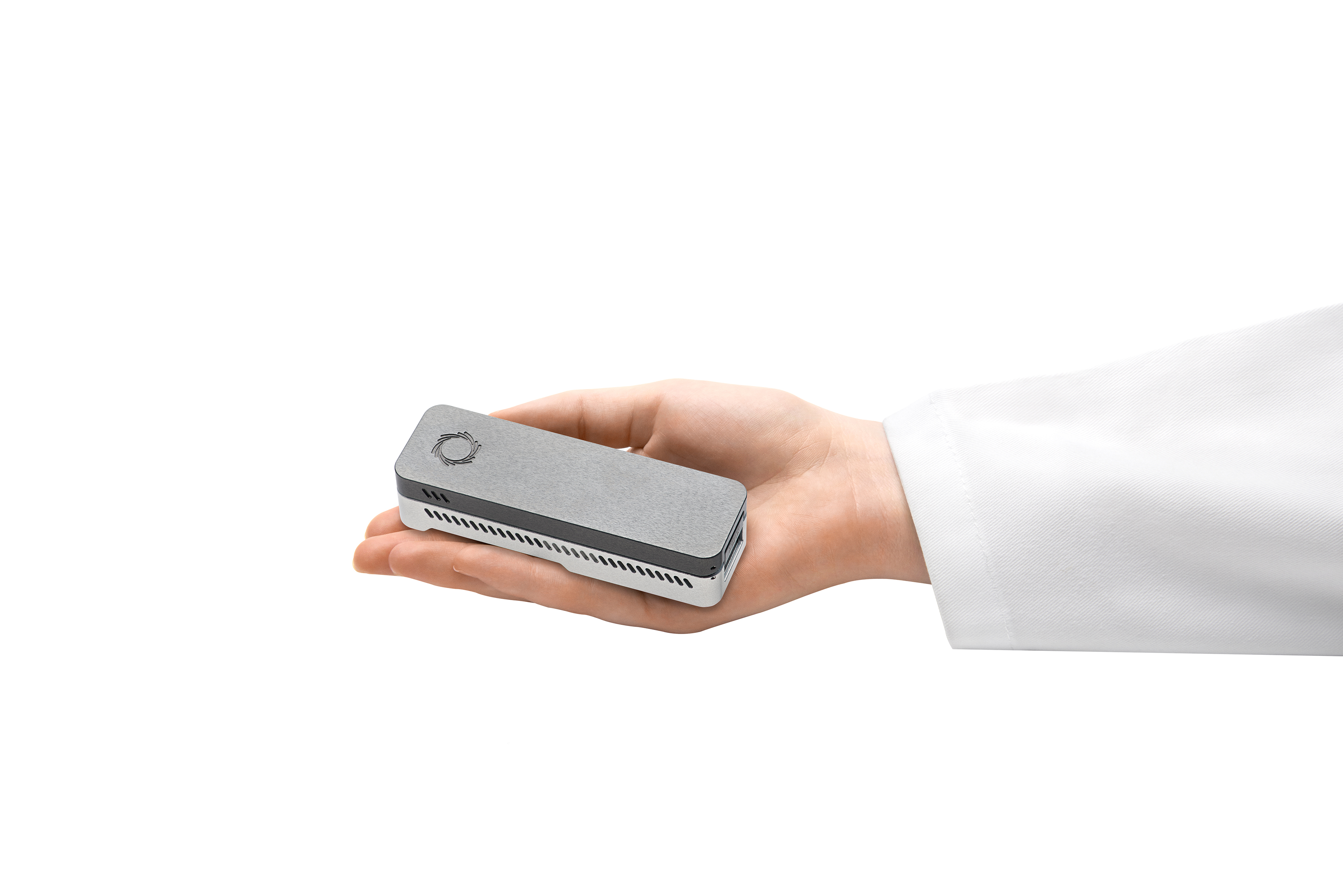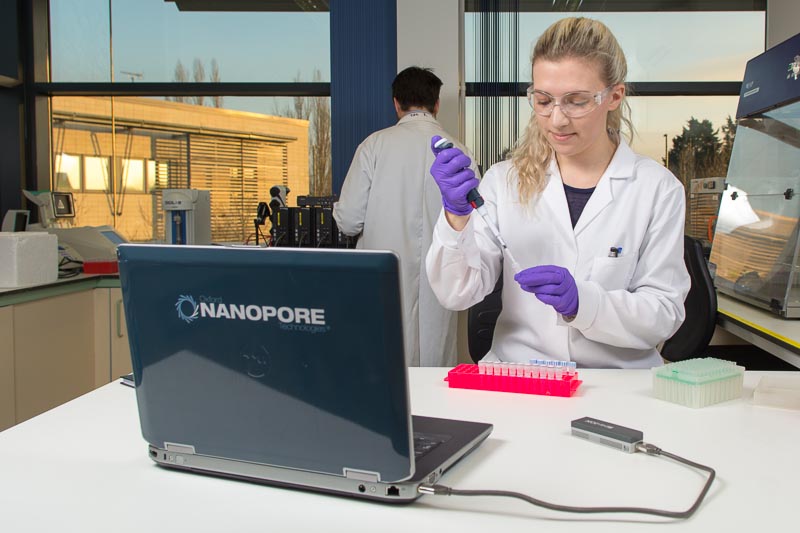Maddie,
Anastasia, and
Devin attended the 9th annual University of Alaska Biomedical Research Conference (UA-BRC). For the undergraduates, this was their first research conference and they presented their work using the MinION nanopore sequencer to explore genomics. As you can see below, they drew a crowd to their poster.

This two-day conference showcased biomedical and One Health related research from graduate students, undergraduate students, researchers, and faculty through-out Alaska in the form of oral presentations and poster sessions. There were two workshops about career issues relevant to undergraduate and graduate student training including internship opportunities, STEM student recruitment, networking, entrepreneurship/innovation, and employer expectations.





 Undergraduate researcher
Undergraduate researcher 
